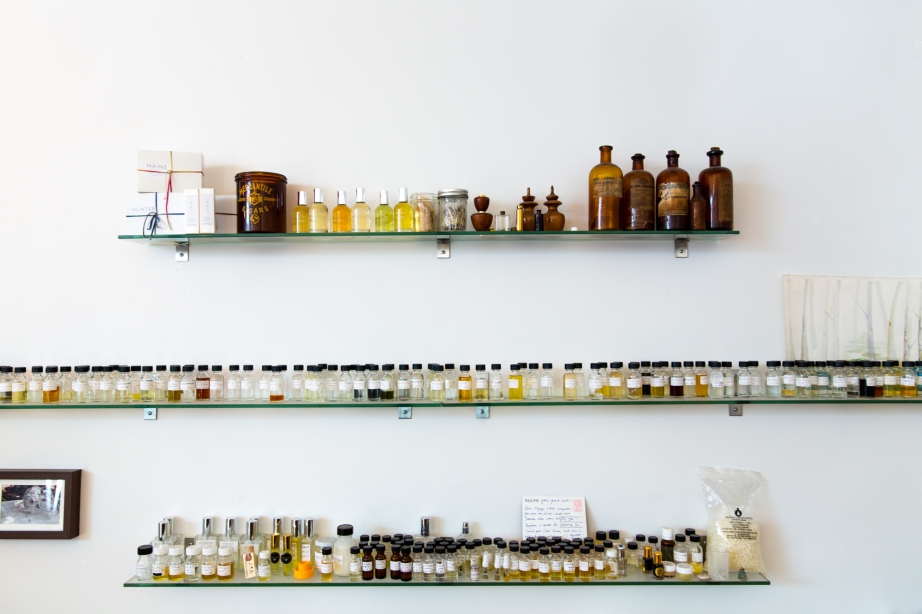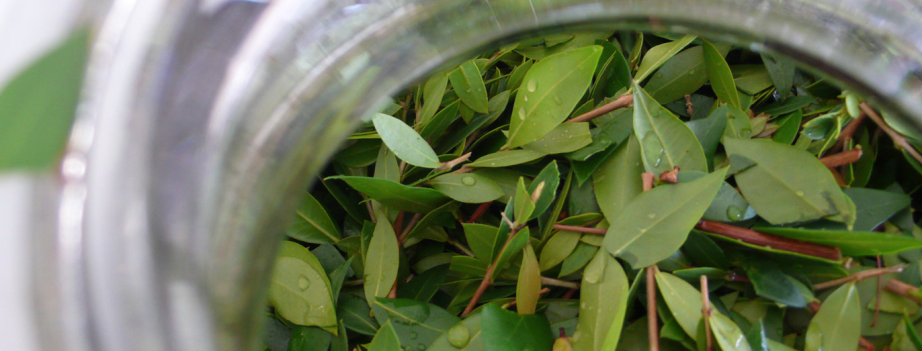perfumery lesson #4: building your library of ingredients (pt 1, natural)


 It's been a while but we're back with another installment of the Perfumery Lesson series (here are lessons 1, 2 and 3). We've had so many requests for classes and we're hoping to host some later this year. I think I may have found a venue!
It's been a while but we're back with another installment of the Perfumery Lesson series (here are lessons 1, 2 and 3). We've had so many requests for classes and we're hoping to host some later this year. I think I may have found a venue!
In the meantime, someone asked: I am starting to build a "library" of perfumery materials. What do you recommend in terms of building a good base of natural raw materials?
A lot of perfumers can agree that natural materials are the starting point and inspiration behind a fragrance. Perfumes are always described in terms of their natural ingredients, and copywriters rarely romanticize synthetic ingredients (have you ever heard anyone wax poetic about calone or ethylene brassylate?).
Building your own library of materials is a hobby akin to collecting. I think it's nice to gather materials a few at a time, smell them and live with them, and then purchase more and repeat this process. Each natural ingredient is so completely different and remember too, that the country of origin or species can be a huge factor (take as examples Haitian vetiver vs Indonesian vetiver, or cedarwood from Virginia, Texas and Morocco). It's important to be able to distinguish the subtle nuances between each smell, as this familiarity with the raw materials is what starts you on the path to becoming a perfumer.
My advice would be to get your hands on as many natural ingredients as you can. Eventually you will have your own particular palette, culled from your favorites. But keep in mind too, that beyond the initial gut reaction of "I like" or "I don't like," that each ingredient is a tool, and can be used in your formulations to enhance, spike and change an overall impression.
Here are some raw materials to get your mind jogging: vanilla absolute from Madagascar, French basil, birch tar oil, Iranium galbanum, Indian jasmine, cinnamon from Ceylon, Brazilian pink pepper oil, ginger CO2, Australian sandalwood, lemongrass, lime essential oil, Bulgarian rose, American peppermint, Iris butter, Italian neroli, Egyptian geranium, coriander seed....
Top photo: MCMC Fragrances studio / Bottom two photos via Strange Invisible Perfumes
- Tags: PERFUMERY LESSONS

